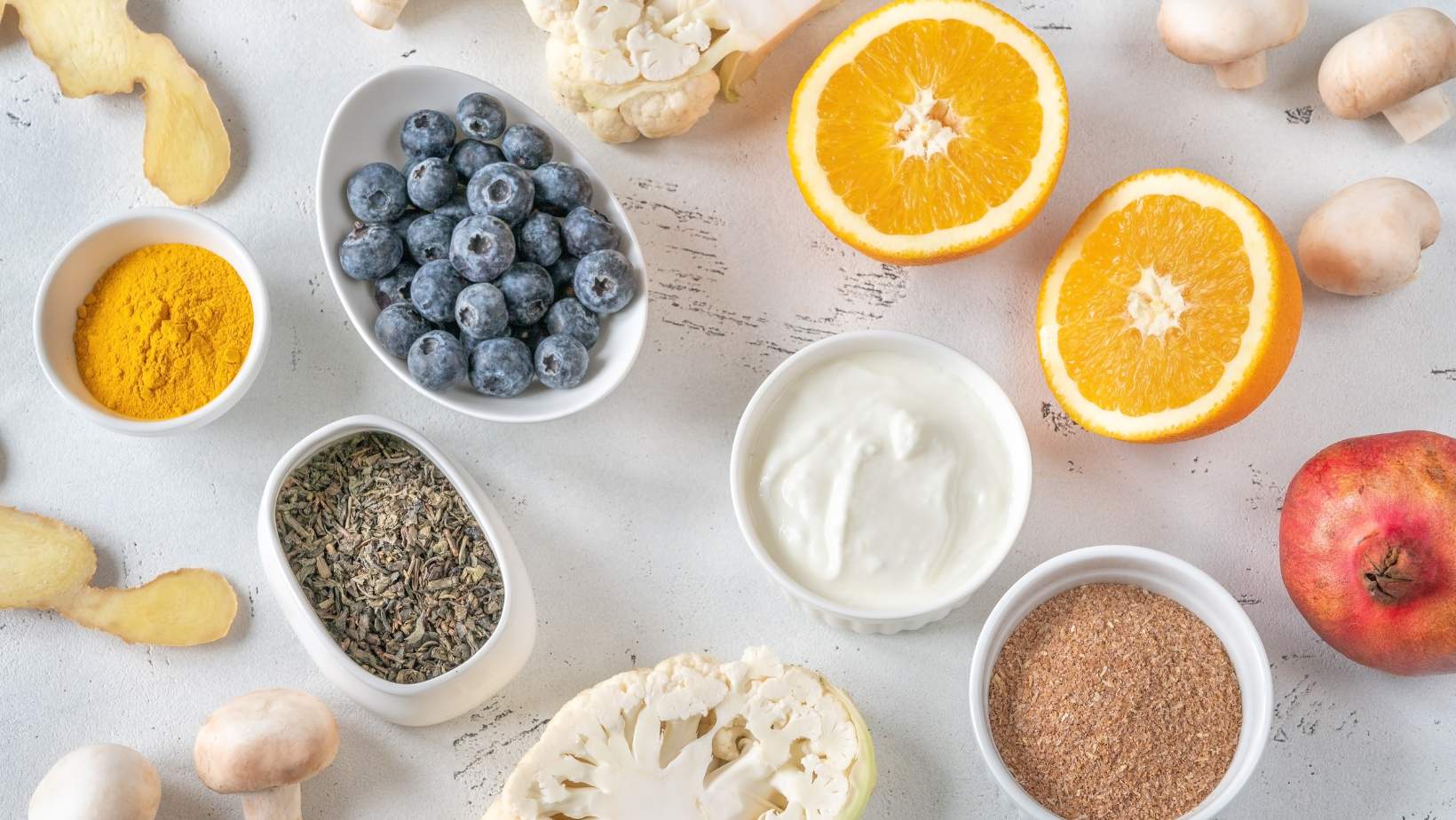In the fight against cancer, polyphenols – those mighty micronutrients found abundantly in plants – have emerged as valiant warriors. But as a groundbreaking review published in the journal Nutrients reveals, these disease-defenders are even more potent when they link up in dynamic duos and tenacious trios [1].
Polyphenols: Solo Artists No More
Dr. Samantha Nguyen, lead author of the study and researcher at the Dr. Rath Research Institute, explains, “While most studies have focused on the anti-cancer effects of individual polyphenols, we found that combining these compounds amplifies their impact, attacking cancer from multiple angles” [1].
The review highlights several power couples and trios that exhibited enhanced anti-cancer effects:
- EGCG (from green tea) + quercetin: Inhibited prostate cancer cell growth and invasion [1].
- Curcumin + resveratrol + epicatechin gallate: Suppressed the spread of head and neck cancer cells [1].
- Quercetin + EGCG + green tea extract: Boosted the inhibitory effect on prostate tumor growth in mice [1].
The Nutrient Mixture Advantage
But the real showstoppers were the comprehensive cocktails, or “nutrient mixtures,” containing multiple polyphenols along with vitamins and other micronutrients. As Dr. Marcus Patel, a collaborator on the study, notes, “These nutrient mixtures expanded the scope of anti-cancer mechanisms, tackling tumor growth, invasion, and metastasis from every possible angle” [1].
PB: The Fibrosarcoma and Melanoma Slayer
One standout mixture, dubbed PB, containing quercetin, curcumin, green tea extract, cruciferex, and resveratrol, significantly slowed the growth of fibrosarcoma and melanoma cells. It also blocked the secretion of matrix metalloproteinases (MMPs), enzymes that allow cancer to spread like wildfire through the body [1].
EPQ: The Ovarian Cancer Crusher
Another all-star combo, EPQ, boasting EGCG, quercetin, and a medley of vitamins and minerals, dramatically decreased the growth and spread of ovarian tumors in mice. In one study, mice fed an EPQ-enriched diet had a single, small ovarian tumor among them, while the control group developed large tumors across the board [1].
The Micronutrient X-Factor
What makes these nutrient mixtures so effective? According to Dr. Nguyen, it’s their ability to target interconnected pathways and strengthen the body’s natural defenses. “By combining polyphenols with micronutrients essential for collagen synthesis and inhibitors of collagen-digesting enzymes, these mixtures fortify the body’s armor against cancer invasion,” she explains [1].
The Future of Cancer Prevention and Treatment
While the study’s findings are groundbreaking, the authors stress the need for further research to fully translate these insights into clinical practice. “Our results provide a compelling case for exploring synergistic combinations of polyphenols and micronutrients in cancer prevention and treatment,” asserts Dr. Patel. “The future of cancer therapy may lie in harnessing the power of these natural allies.”
Polyphenol Power: Your Questions Answered
Can I get enough polyphenols from my diet alone?
While a diet rich in fruits, vegetables, and whole grains provides a solid foundation, achieving the therapeutic concentrations used in these studies likely requires supplementation. However, always consult with your healthcare provider before starting any new supplement regimen [1].
Are there any risks associated with high-dose polyphenol supplementation?
While polyphenols are generally considered safe, high doses may interact with certain medications or cause digestive discomfort in some individuals. It’s crucial to work with a qualified healthcare professional to determine the appropriate dosage for your unique needs [1].
How can I maximize the absorption of polyphenols?
Consuming polyphenols with a meal that includes healthy fats and fiber may enhance their absorption. Certain combinations, such as quercetin with EGCG, have also been shown to boost bioavailability. However, more research is needed to fully understand the optimal delivery methods for these powerful compounds [1].
References:
[1] Niedzwiecki, A., Roomi, M. W., Kalinovsky, T., & Rath, M. (2016). Anticancer Efficacy of Polyphenols and Their Combinations. Nutrients, 8(9), 552. https://doi.org/10.3390/nu8090552
